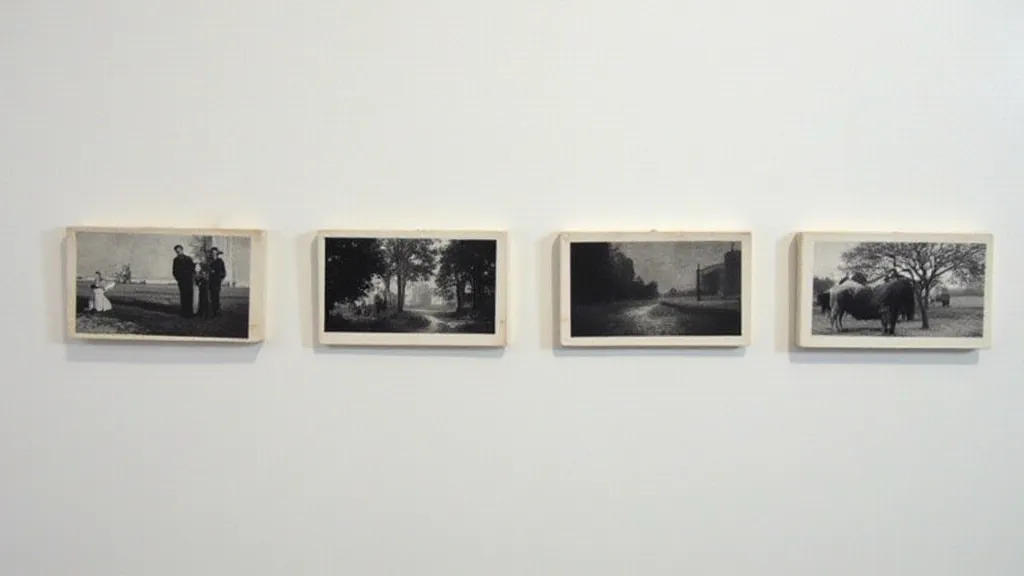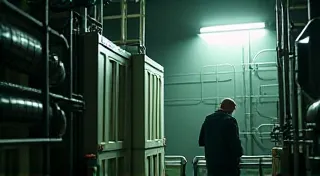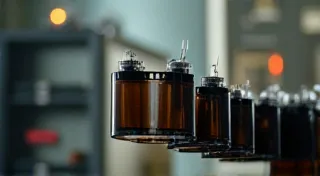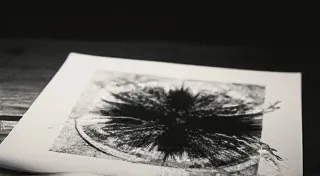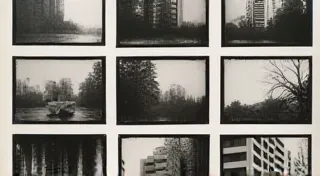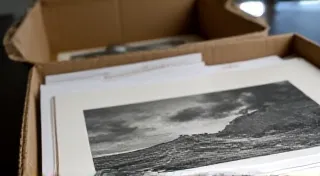Working with Selenium Toner: Archives and Artistic Effects
Selenium toner is a crucial tool in the darkroom, valued both for its exceptional archival properties and its ability to dramatically alter the tonal range of your black and white prints. This guide will explore the benefits of using selenium toner and offer insights into using it for both preservation and creative expression. Whether you’ve just started the journey into darkroom printing or are looking to refine your techniques, understanding selenium toner is an essential step.
Why Use Selenium Toner? Archival Stability
The primary reason many darkroom photographers employ selenium toner is its remarkable ability to protect prints from degradation. Black and white prints, especially those processed with conventional developers, are susceptible to fading and discoloration over time due to oxidation and the breakdown of silver particles. Selenium toner acts as a protective barrier. The selenium compounds bind to the silver in the print, stabilizing it and significantly slowing down this deterioration process.
Prints toned with selenium are estimated to last significantly longer than un-toned prints – potentially for hundreds of years, though actual longevity depends on storage conditions (temperature, humidity, exposure to light). Achieving this level of longevity requires a thoughtful approach to every aspect of the printing process, from the film development to the final archival mounting. For those new to the craft, mastering the basics of film development is an excellent first step before experimenting with toning.

Beyond Archival: Artistic Effects
While archival qualities are vital, selenium toner isn’t just about preservation. It provides a fantastic range of artistic possibilities. When used in varying concentrations and exposure times, selenium toner produces beautiful, characteristic tonal shifts. Here's what you can expect:
- Warmth & Brownish Tones: Selenium toner generally warms the print, imparting a subtle brown or reddish hue. The stronger the solution or the longer the toning time, the more pronounced this effect becomes.
- Contrast Adjustment: Selenium toning tends to reduce overall contrast. This is particularly useful for prints that are already quite contrasty, allowing you to tame harsh highlights and open up shadow detail. It's a valuable technique, particularly when working with negatives that have a wide dynamic range.
- Density Control: It affects the density of the print in a non-linear way. Highlights are usually affected the least, mid-tones are affected moderately, and shadows are affected the most. This nuance allows for very controlled adjustments.
- Unique Surface Texture: Selenium toning often imparts a subtle, sometimes shimmering, surface texture to the print, adding to its visual interest.
Experimenting with different dilutions is key to achieving your desired artistic effect. A weak solution (e.g., 1:10 to 1:20) will produce subtle warmth and a slight softening of contrast. A stronger solution (e.g., 1:5 to 1:10) will produce more significant tonal shifts and a more pronounced surface texture. The flexibility offered by selenium toning really expands your artistic options. It’s often combined with other techniques for further complexity, and even the basic principles of exploring split grade printing can provide a foundation for creatively manipulating contrast before toning.
Working with Selenium Toner: Practical Considerations
Safety First! Selenium toner is toxic. Always wear gloves and a respirator when handling it. Work in a well-ventilated area, and dispose of used solutions responsibly. This is absolutely critical; never compromise on safety when working with chemicals in the darkroom. Thoroughly research the safety protocols of every chemical you use.
Mixing & Dilution: Selenium toner is typically sold as a concentrate and must be diluted with water before use. Follow the manufacturer’s instructions carefully. Distilled water is recommended for best results. Improper dilution can lead to inconsistent results and potentially damage your prints.
Toning Time: Toning times vary depending on the dilution and the desired effect. Start with short toning times (e.g., 1-2 minutes) and increase as needed. Monitor the print carefully during toning. Careful monitoring and precise timing are hallmarks of a skilled darkroom printer.
Washing: After toning, thorough washing is essential to remove all traces of selenium compounds. Insufficient washing can lead to print instability and staining. Use a good quality archival wash to ensure complete removal of the toning agent.
Fixing: Selenium toning typically doesn't require a second fix, but some photographers prefer to give it a brief fix to ensure complete stabilization. Check your specific toner instructions. A shorter fix can provide an extra layer of protection for archival prints.
Tips for Experimentation
Contrast Control: Use selenium toning to reduce contrast in high-contrast negatives or prints. This is a great way to open up shadow detail and soften highlights. The ability to fine-tune contrast is a key advantage of selenium toning.
Creative Effects: Combine selenium toning with other toning methods (e.g., sepia toning) to create unique and complex tonal effects. Experimentation is key to unlocking the full potential of your darkroom practice.
Multiple Toning Sessions: Apply selenium toner in multiple short sessions to build up tonal effects gradually. This provides more control over the final look of the print. This layering technique allows for nuanced control over the final print's characteristics.
Beyond these basic techniques, advanced printers might even consider manipulating the negative itself through creative cropping methods. Understanding how to effectively use understanding cropping in darkroom printing is critical to framing your image to its best advantage, especially when toning.
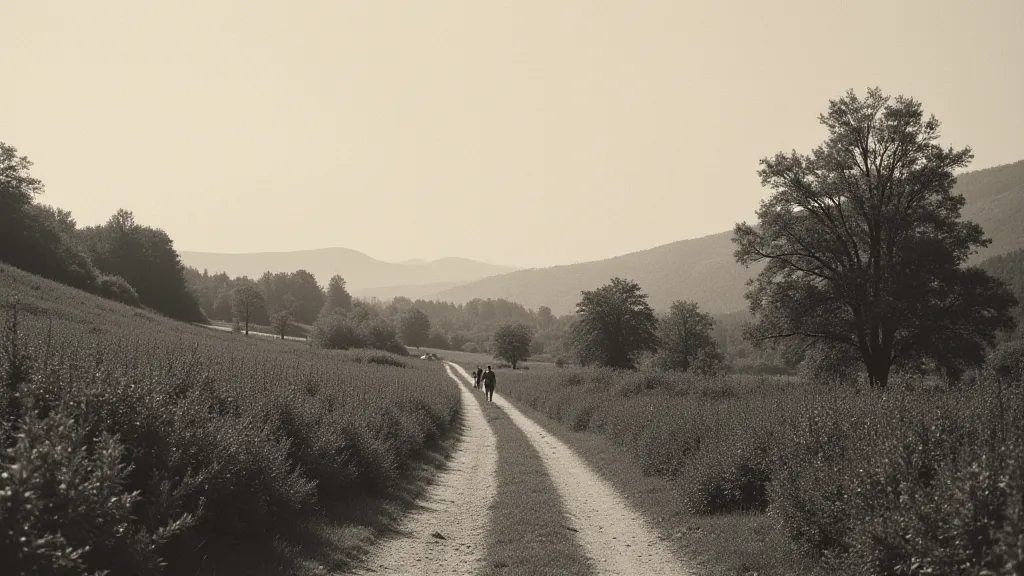
Advanced Considerations & Troubleshooting
While selenium toner is remarkably versatile, certain factors can impact its behavior. Paper type, developer used, and even water quality can influence the final result. Certain papers may exhibit a tendency to stain more readily, requiring shorter toning times and meticulous washing. Similarly, the type of developer used can alter the print's response to the selenium bath.
Troubleshooting Staining: If you notice uneven staining or a general darkening of the print, it's likely due to insufficient washing or an overly strong solution. Reduce the toning time or dilute the selenium toner further. Thorough rinsing with a good quality archival wash is paramount.
Achieving Specific Tonal Shifts: To achieve a more pronounced reddish hue, experiment with slightly warmer solutions and longer toning times. Conversely, to minimize the warm tones, use a weaker solution and monitor the print closely.
Conclusion
Selenium toner is a versatile tool for the black and white darkroom photographer. Mastering its use unlocks both archival stability for your prints and a wide spectrum of artistic possibilities for unique tonal effects. Careful attention to safety, proper technique, and experimentation will yield beautiful and enduring results. Remember that the journey of the darkroom photographer is one of continual learning and refinement, and techniques like composite printing will further enhance your capabilities.
